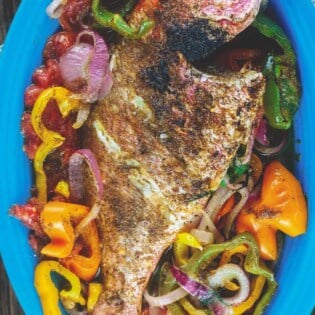
Mediterranean Diet Recipes
This stuffed fish recipe is inspired by an Iranian dish eaten during Persian New Year called Mahi Shekam Por. Sea bream is a stuffed with an aromatic herb, walnut, and pomegranate molasses mixture and roasted whole. The resulting fish is flakey and tender, with a perfect balance of sweet, savory, and tangy, and herbaceous flavor.
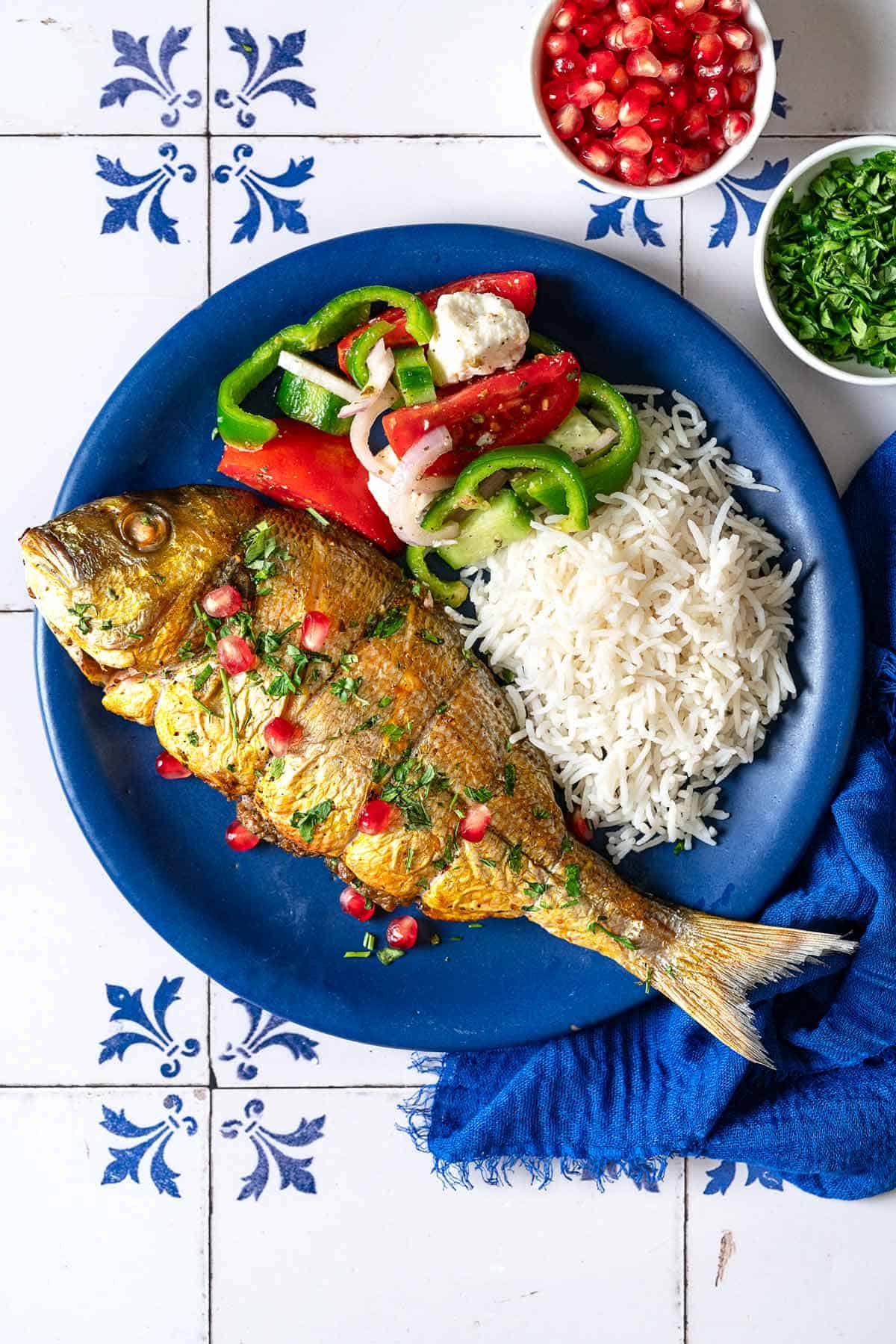
Mahi Shekam Por is literally translated from Persian meaning “full-bellied fish.” It is primarily cooked in Iran during Nowruz, the Persian New Year Celebrations that mark the Vernal Equinox (the first day of spring). Perfect for all sorts of holiday celebrations, this whole roasted stuffed fish is traditionally served with rice, like Persian Rice with Potato Tahdig or Saffron Rice.
The ingredients in this stuffed fish recipe are symbolic, with herbs symbolizing rebirth and fish representing life, both key elements of the New Year. In Persian culture, the advent of spring signals the blooming of new life after the winter slumber.
The ingredients are not unlike what you’ll find in Fesenjan, a Persian pomegranate and walnut chicken stew that my family eats to celebrate the Winter Solstice. My version of Mahi Shekam Por adds briny green olives to the stuffing mixture for a further depth of flavor to complement the buttery baked fish.
Cooking the fish whole not only ensures it stays tender, but it also makes for a show stopping centerpiece. A platter of beautifully baked whole fish is perfect not only for ringing in the New Year (whether you celebrate it in spring or winter), but also for a special date night, dinner party, holiday or birthday celebration.
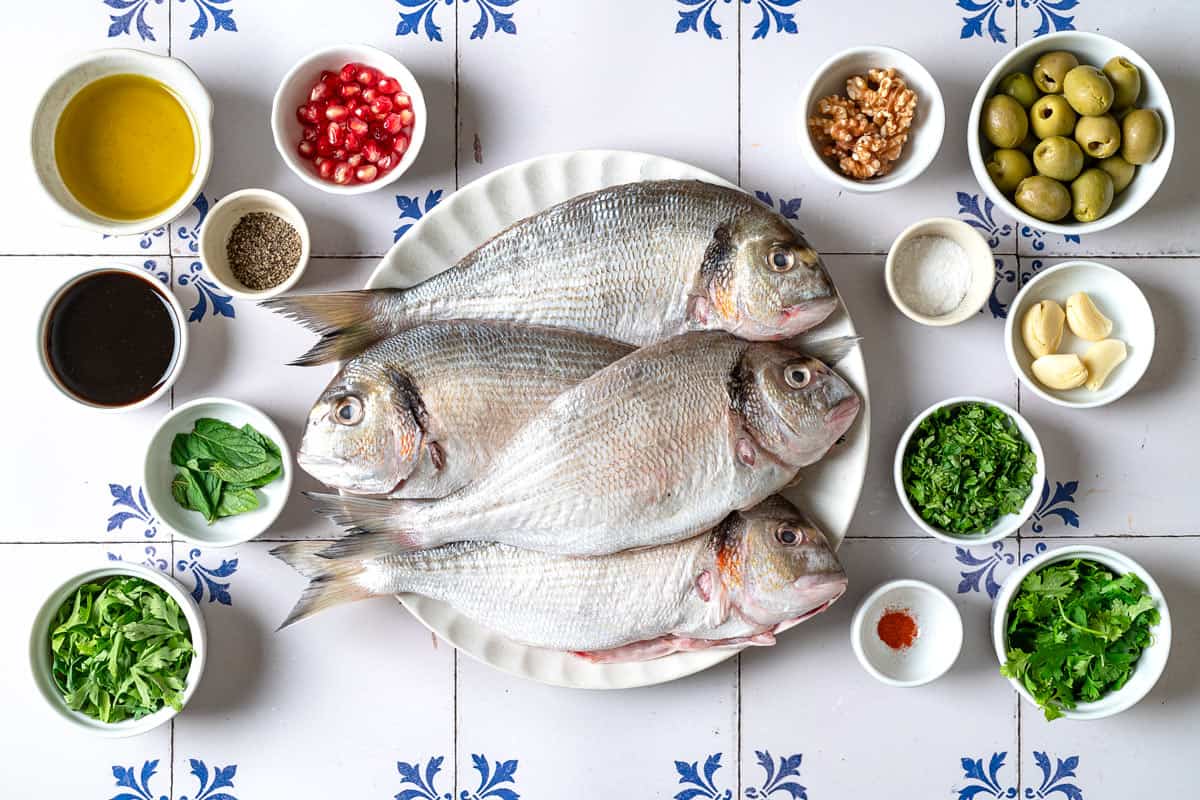
This stuffed fish is flavored boldly with classic Persian flavorings and roasted whole until juicy and tender. To make it, you’ll need:
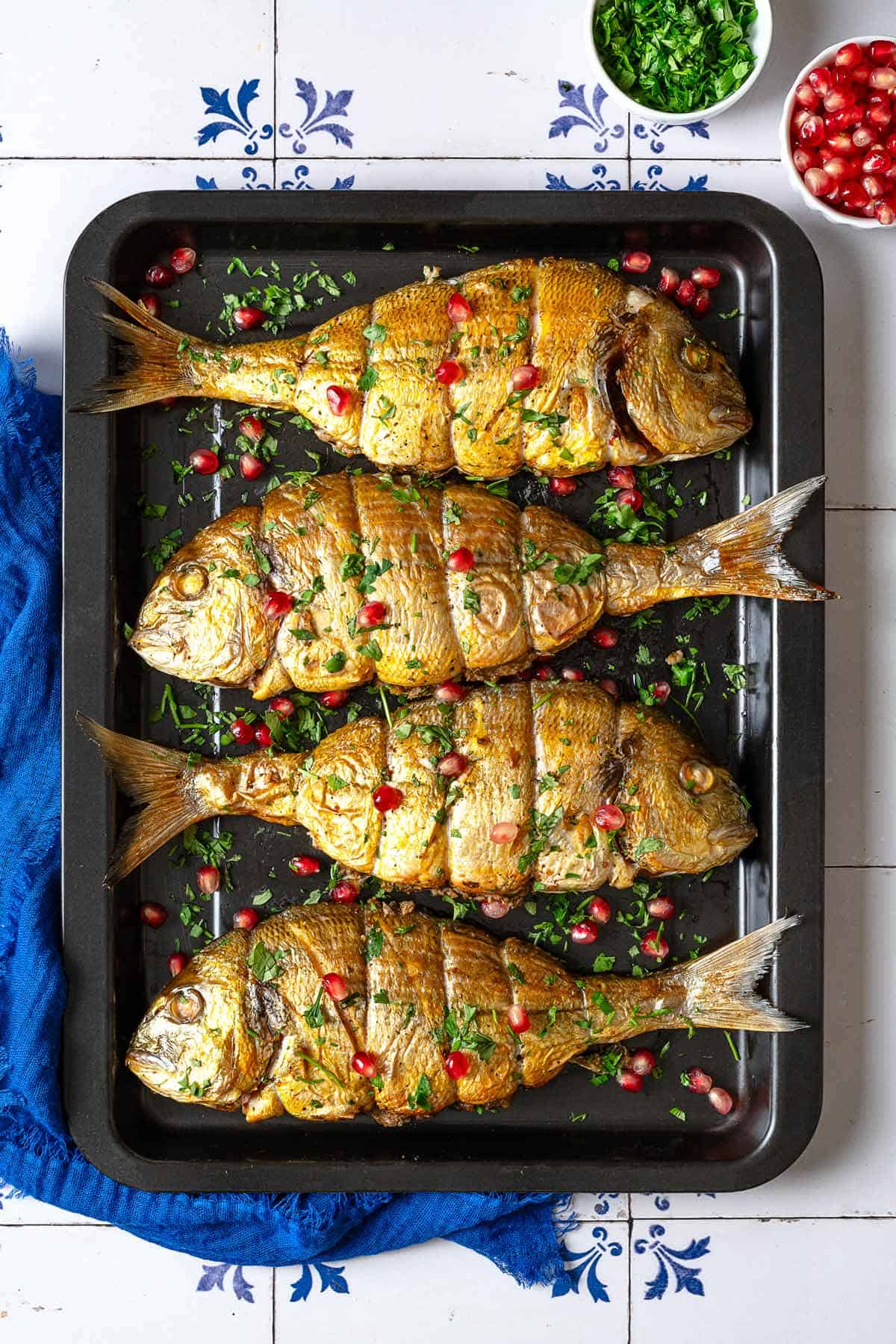
Sea bream is a flaky white fish with a mild, slightly sweet flavor and a pleasantly firm texture that's comparable to a tender and juicy chicken. Its mellow flavor and texture makes it a great option for fish skeptics. It's also very versatile, as you can load it with whichever flavors you like best.
If sea bream is not available in your area, you can use any other mild, flaky white fish, like branzino, red snapper, cod, sea bass, flounder, or halibut. The stuffing mix also works very well with salmon, though keep in mind the resulting roasted fish will be richer.
If you are using a fish other than sea bream, which tends to be smaller in size, you might consider doubling the stuffing mixture. The recipe as written will give you enough stuffing to fill 2 medium-sized fish or 1 large fish.
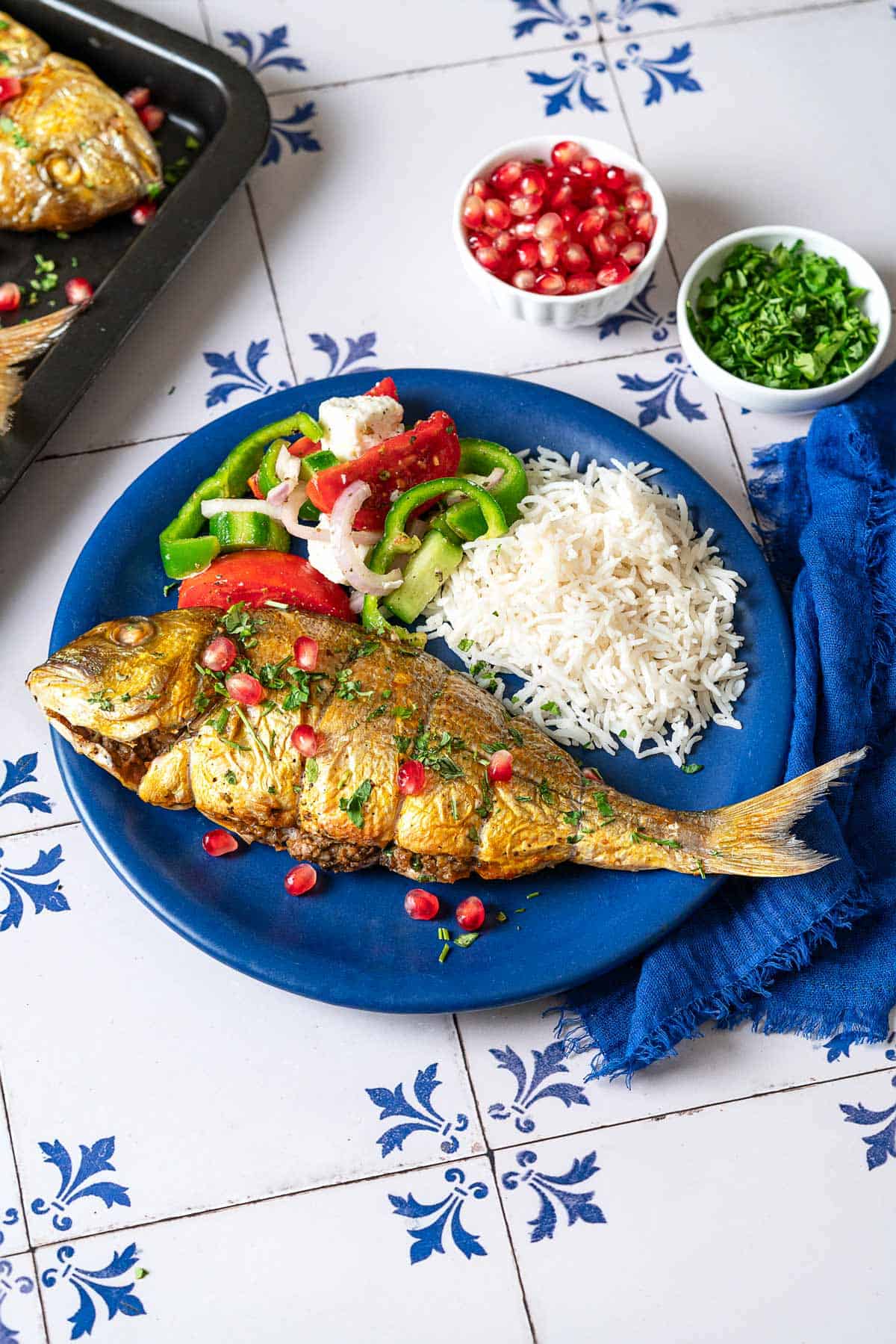
To make this roasted fish recipe, you’ll need a spice grinder or mortar and pestle, butcher’s twine, and aluminum foil. Here’s how you make it:
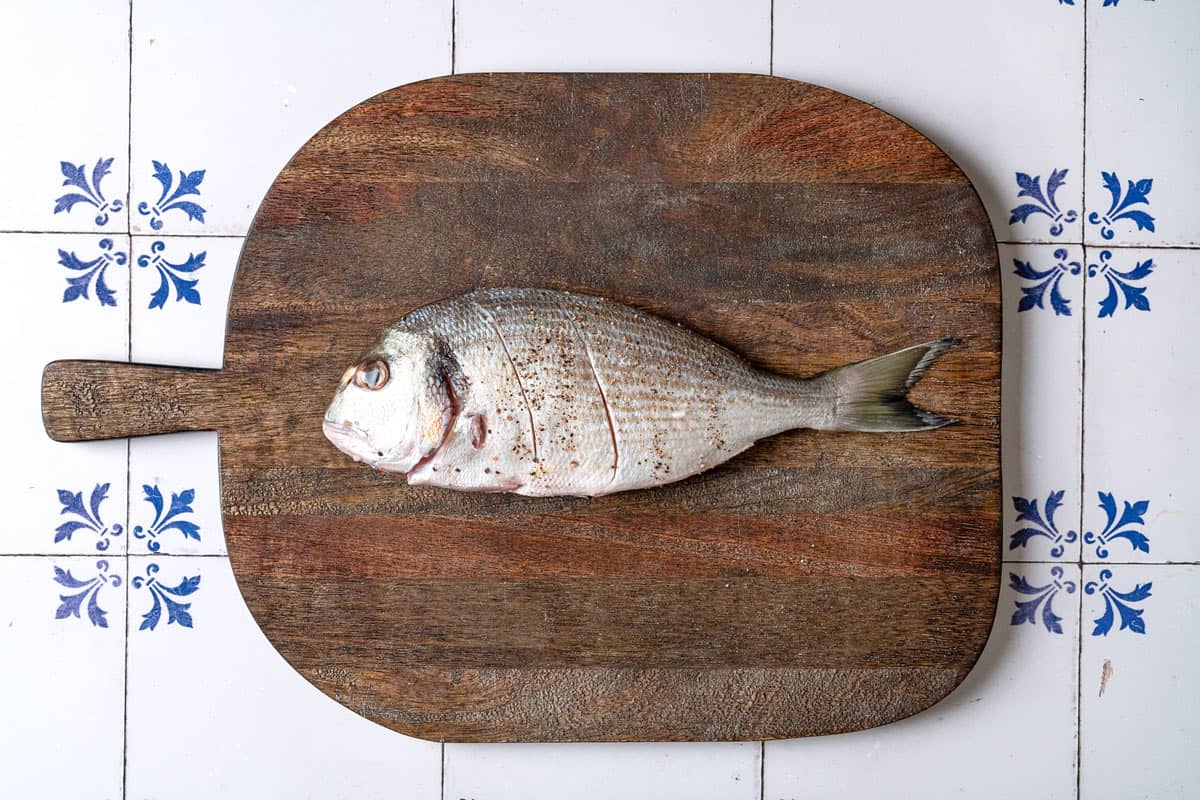
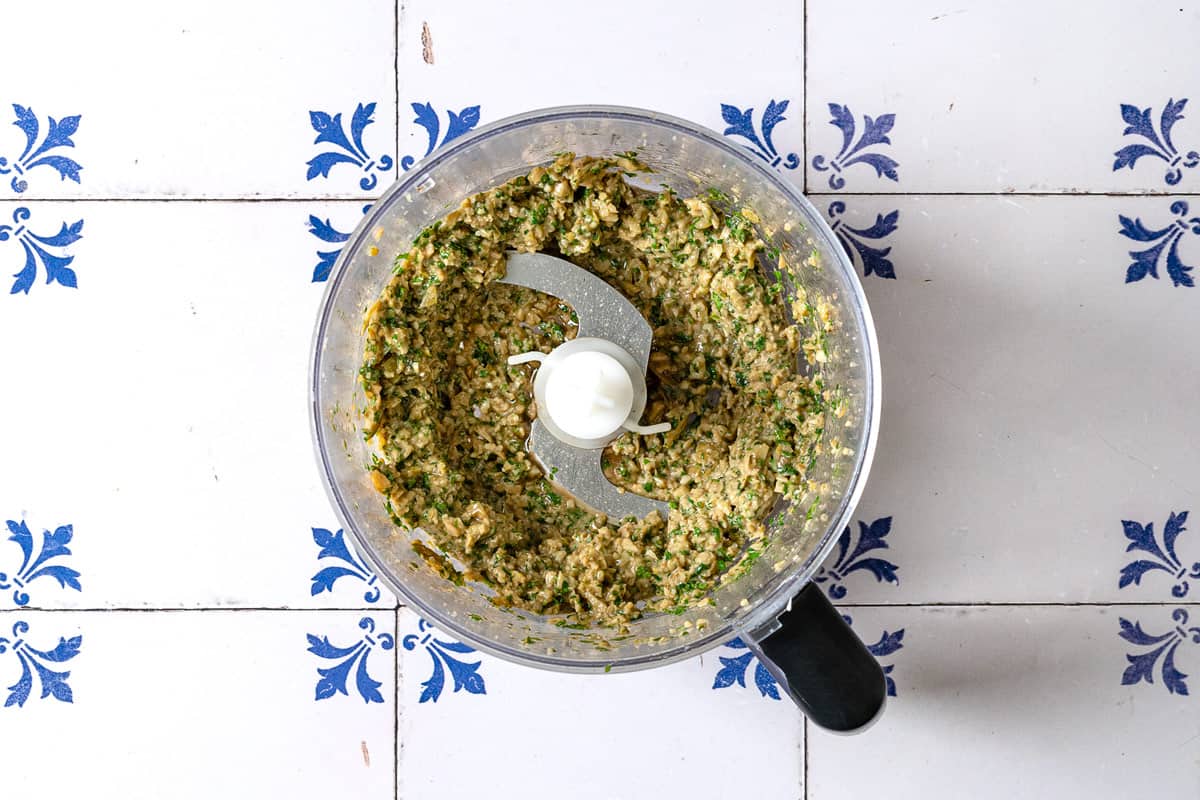
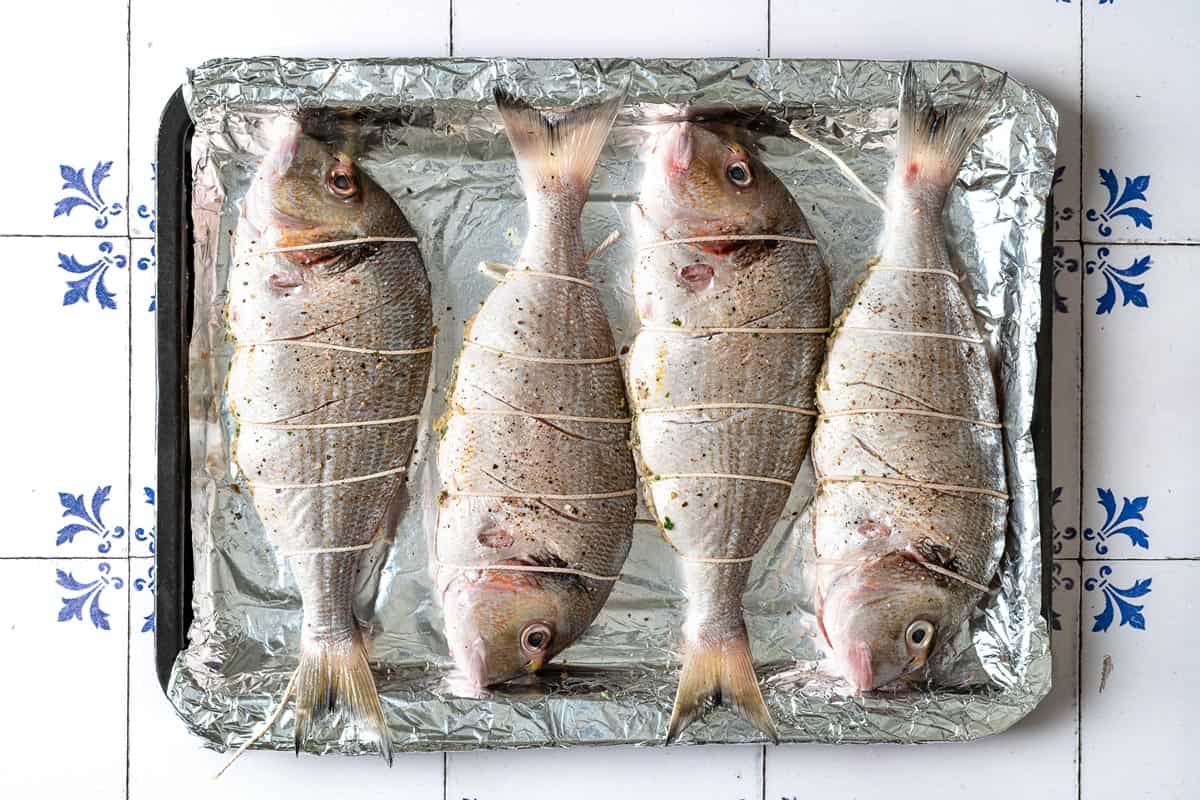
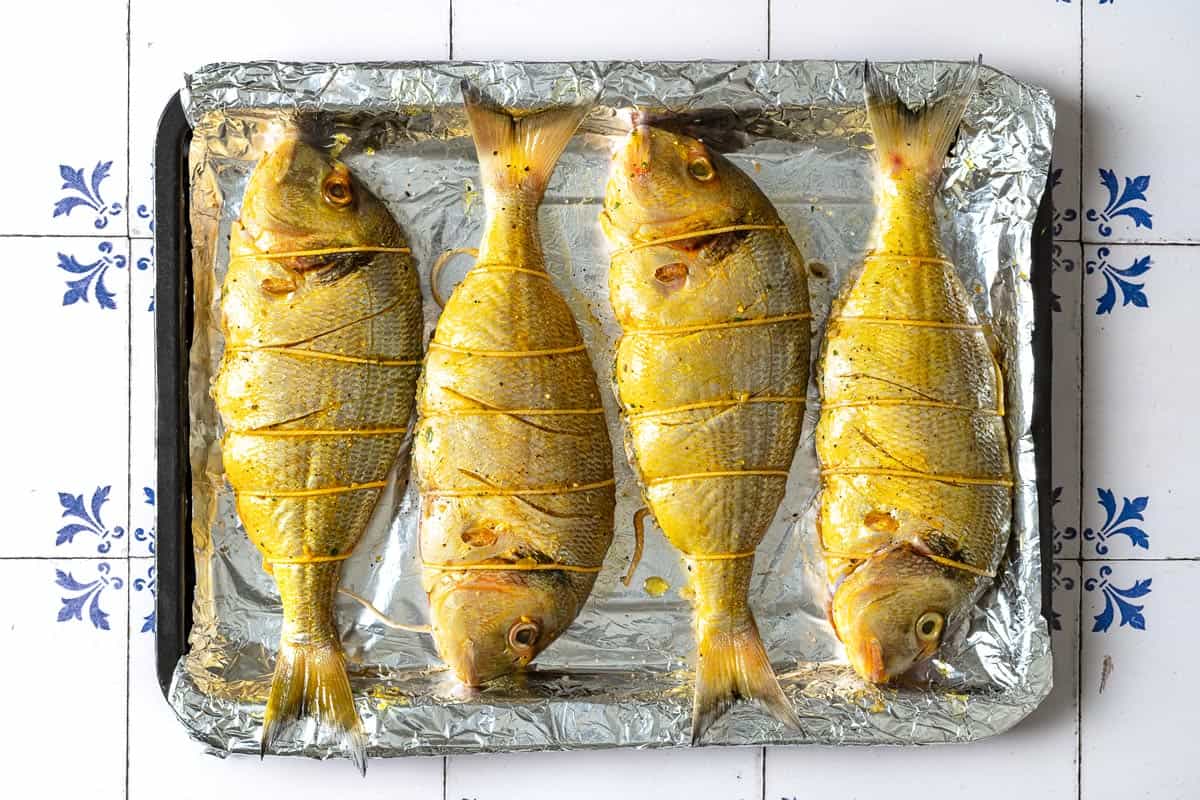
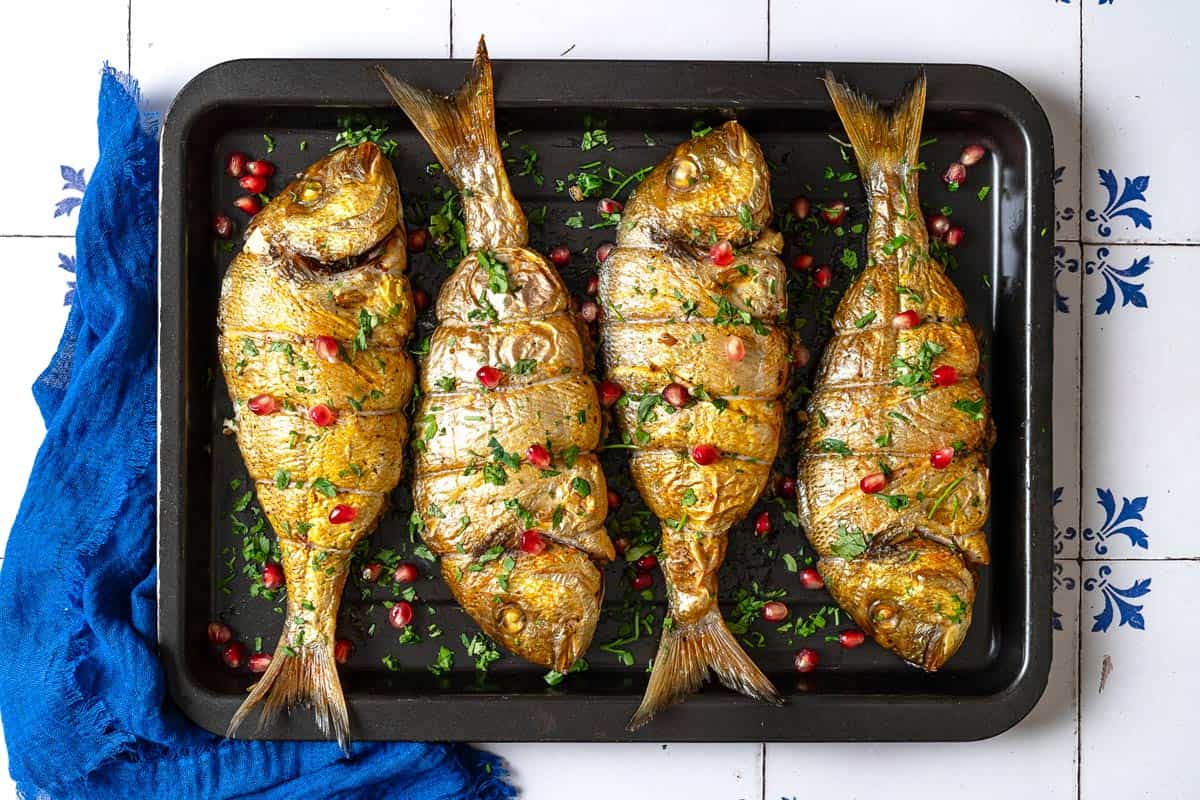
To keep things traditional, serve this roasted fish with rice like the golden Persian Rice with Potato Tahdig and Saffron Rice. Also the bright, simple, and fresh Persian Shirazi Salad is a great complement to this herb-packed sea bream.

Mediterranean Diet Recipes
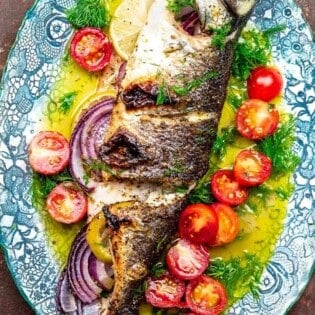
Fish and Seafood
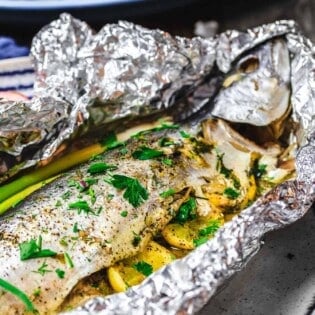
Fish and Seafood
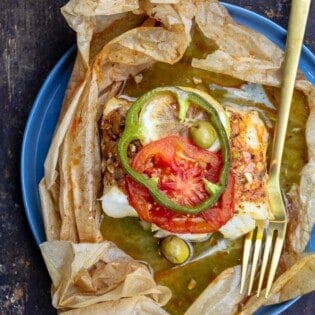
Fish and Seafood
Browse all Mediterranean recipes.
Visit Our Shop.
Try Our Pomegranate Molasses!
This 100% natural Pomegranate molasses packs an intense burst of sweet and tart flavor.
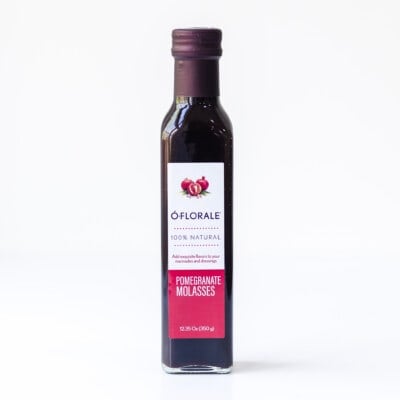
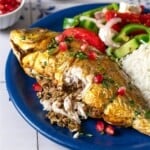
The post Mahi Shekam Por (Persian Stuffed Fish) appeared first on The Mediterranean Dish.
By: Mersedeh PrewerA typical Mediterranean breakfast could include a combination of protein, healthy fats, and carbohydrates. Eggs can be cooked in olive oils with roasted vegetables, or served with Greek yogurt or Cheese. Whole-grain toast is also an option. Quinoa porridge can also be made with fresh fruits, nuts, seeds, and quinoa porridge. Avocado toast is a wonderful option for breakfast. You can start your day with Mediterranean-inspired proteins like wild-caught fish, grassfed meat, organic eggs, and nuts. Choose nutritious carbohydrates such as whole grains like quinoa and oats; limit sugar by opting for fresh fruits instead of sweetened yogurts or cereals; add healthy fats to your meal such as avocado, extra virgin olive oil, olives, and coconut oil; and supplement your breakfast with some green tea for added antioxidants.
Yes, the Mediterranean Diet is adaptable to vegetarianism. You can follow this eating plan if you are a vegetarian. You can choose from a variety of plant-based protein sources, such as legumes, nuts and seeds. These are all staples in the Mediterranean Diet. If necessary, healthy fats like olive oil and olives are added to help make up for the lack of protein. Alternate dairy sources, such as soy yogurt or tofu, can be used to supplement the diet. You can also try other options such as mashing beans with toast, adding nuts or seeds to salads and bowls, serving hummus throughout the day with vegetables, or substituting ice-cream with frozen banana slices for dessert.
Mediterranean lifestyle is known for its emphasis on healthy and nutritious food choices, regular exercise, and regular socializing. The Mediterranean diet emphasizes whole foods, fruits, vegetables and legumes. It also includes moderate amounts of dairy products and meats. It encourages moderate consumption of red wines. The main principles of the Mediterranean diet include:
The Mediterranean Diet reflects the traditional Mediterranean foodways. It emphasizes healthy fats, whole grains, legumes, and fresh fruits and vegetables - emphasizing on intake of large amounts of olive oil and fish, along with moderate consumption of eggs, white meat, dairy products, and red wine in moderation. Regular consumption of plant-based foods like legumes and nuts is a hallmark of this diet. These foods are rich in essential nutrients such as vitamins, minerals, protein, and antioxidants. These foods have been shown to be beneficial for heart health.
A Mediterranean diet may offer several health benefits. These include longer life expectancy, better quality, better glucose control, better mental health, and reduced risk of developing certain cancers. Evidence also suggests possible beneficial effects on weight management and cardiovascular diseases. The lifestyle encourages eating habits that include socializing around meals, which can help to minimize cravings at odd times of the day. Finally, including lots of averagely vigorous physical activity throughout your day, such as walking or biking to work and taking the stairs instead of the elevator, can further increase the health benefits of this lifestyle.
Start a Mediterranean diet by eating more vegetables and fruits for snacks, meals, and sides. Brown rice, quinoa oats, barley, and quinoa are better choices than refined grains. For proteins, including more fish, beans, and nuts in your diet. Use olive oil as your primary cooking fat and herbs and spices to season food instead of salt. You should consume moderate amounts of milk, yogurt, and cheese. And finally, enjoy a glass of red wine on occasion to complete the Mediterranean diet experience!
It takes dedication and time to make adjustments to your daily menu plan. However, you can make it easier to change your diet. It is important to learn how you can increase the variety of your diet. This will help you avoid getting bored of the same things, such as spices and different fruits and vegetables. Last but not least: Ensure that you include grains, legumes and high fiber items to enhance your appetite after meals.
Mediterranean food encourages you to enjoy the joy of cooking and to enjoy eating. By making small changes, you can increase your intake of whole foods as well as plant-based ingredients to create a balanced diet. With time and consistency, this dietary pattern could offer potential health benefits, including a longer lifespan and improved overall quality of life.
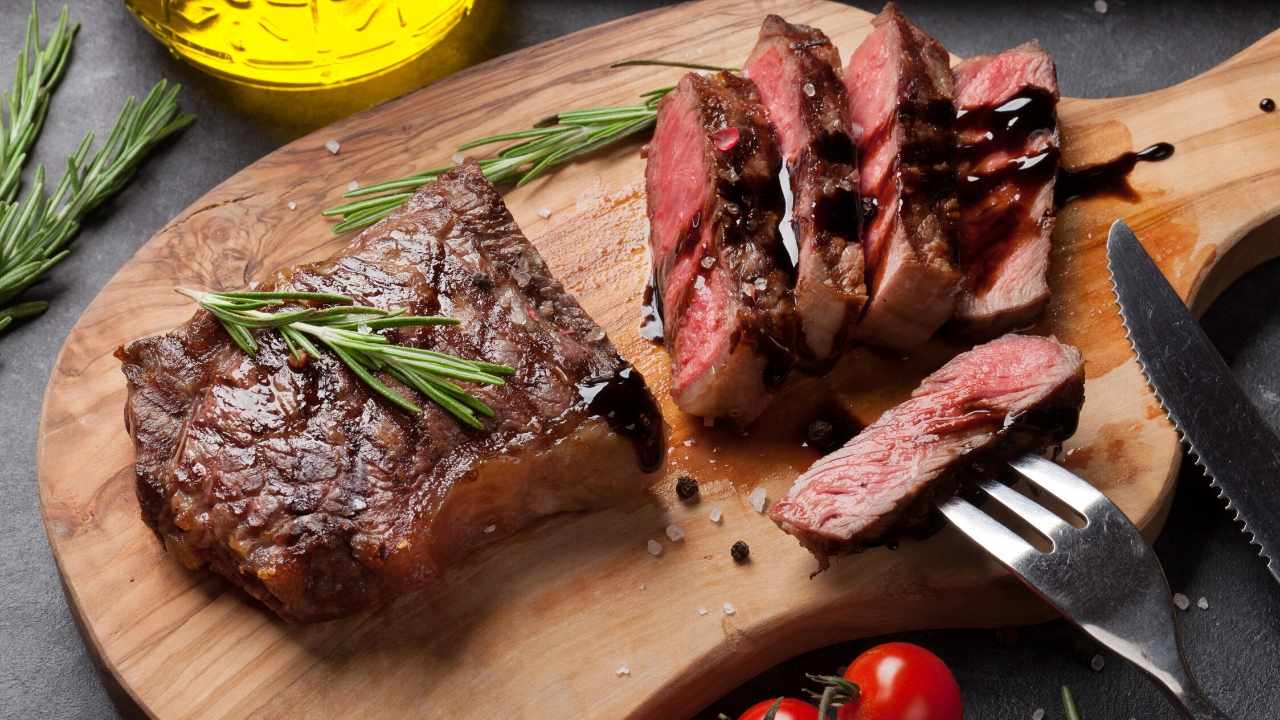 |
[TAG50]Healthline ranked the Mediterranean Diet number 1 for the following reasons: Numerous studies associate the Mediterranean diet with a reduced risk of heart |
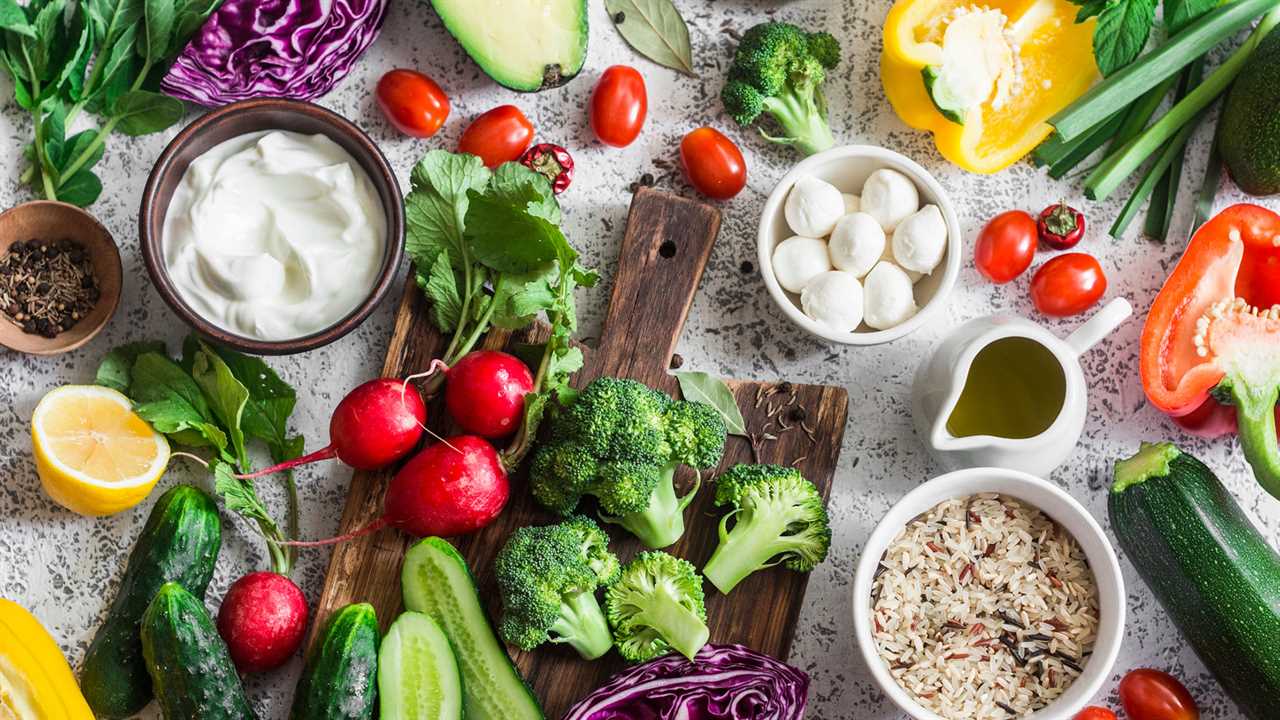 |
[TAG51]The Mediterranean diet originates in the food cultures of ancient civilizations which developed around the Mediterranean Basin and is based on the regular |
 |
[TAG52]Psychology Today reports: Eating more green, leafy vegetables and less red meat were associated with improved cognitive functioning in a recent study of older |
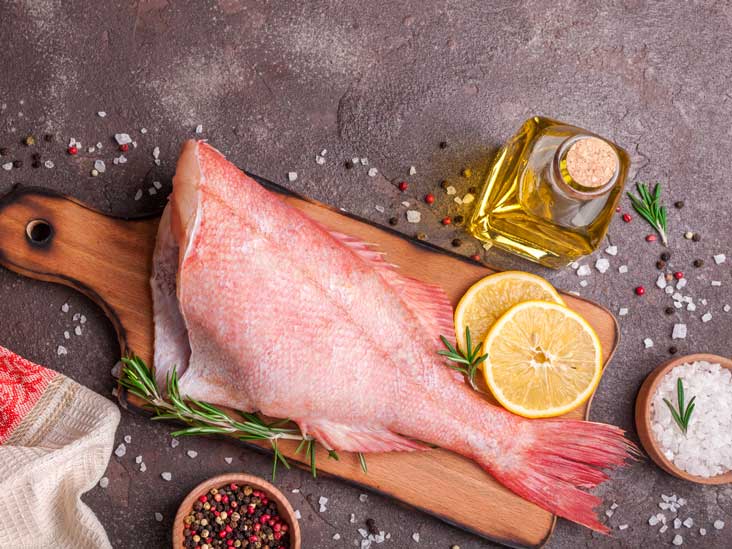 |
[TAG53]This review of five human studies on the Mediterranean diet examines its effects on weight loss, various diseases, and the risk of death. |
 |
[TAG54]CNBC reports that Joan Salge Blake, Boston University’s clinical professor of nutrition says: “‘Poor protein [intake] can contribute to fatigue, and that’s the |
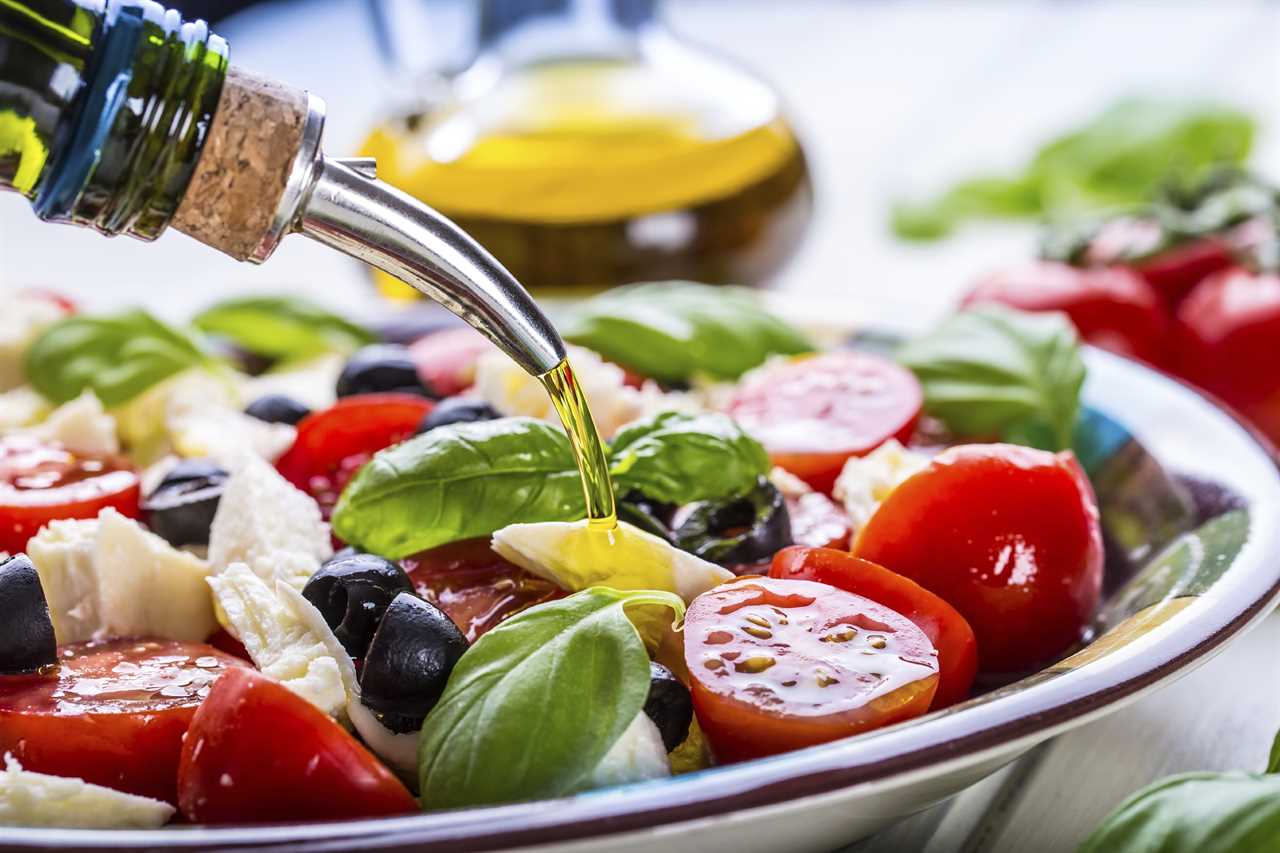 |
[TAG55]The Mediterranean diet has been linked to a number of health benefits, including reduced mortality risk and lower incidence of cardiovascular disease. |
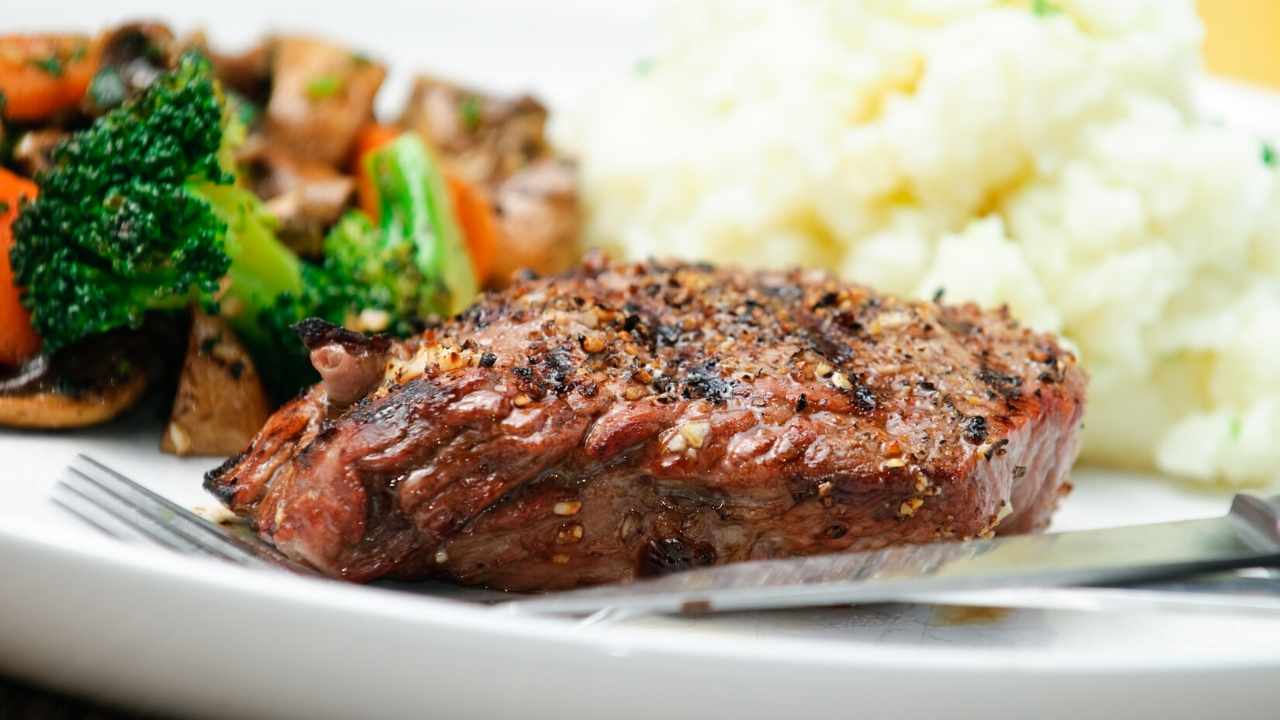 |
[TAG56]According to Olive Oil Times: The authors of the meta-study, published in Current Obesity Reports, noted that hypertension, type 2 diabetes mellitus, several |
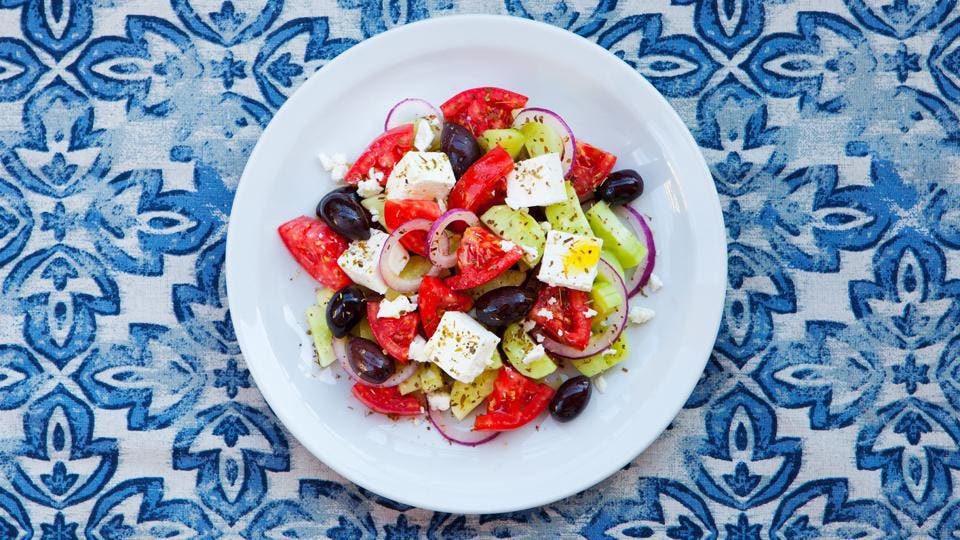 |
[TAG57]The Mediterranean diet, with its emphasis on fresh vegetables and fruit, whole grains, legumes, olive oil and fish, provides an array of health benefits, |
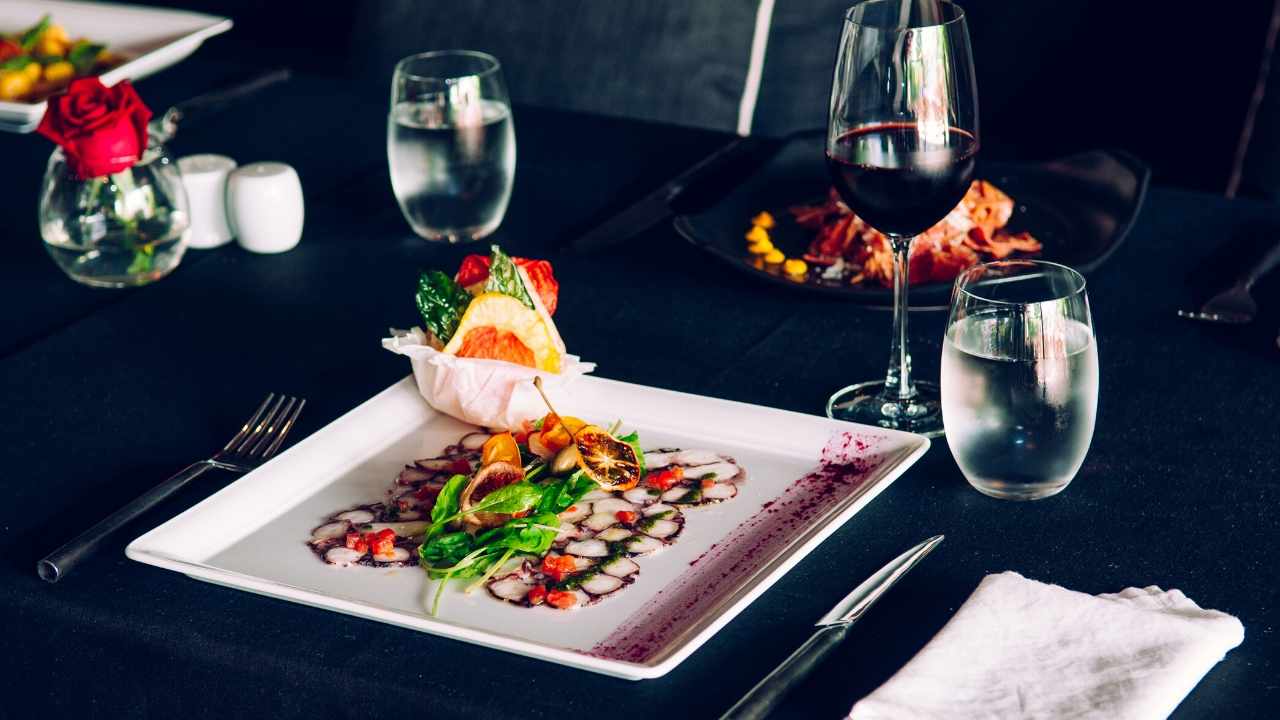 |
[TAG58]The study described in The Epoch Times found: In the conclusions of this study, the authors prefer the Mediterranean diet over the Keto diet because the key to |
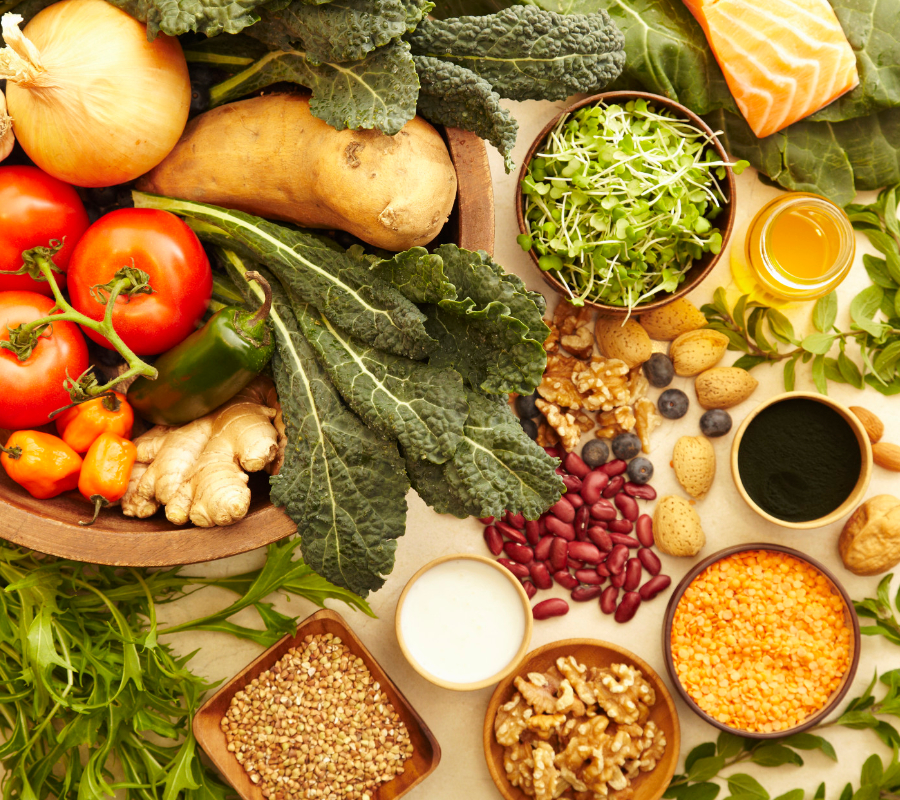 |
[TAG59]The Mediterranean diet is a heart-healthy eating plan that emphasizes healthy fats, whole grains, fruits, vegetables, beans, nuts and seeds. |
 |
[TAG60]If a Google search is any indication, these are the 12 most frequently asked questions that people have about the Mediterranean diet. And if you’re interested |
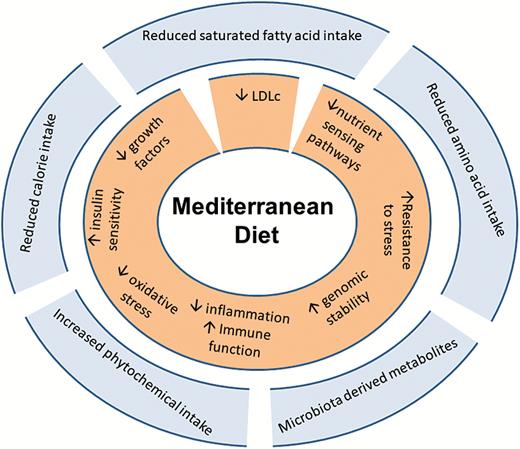 |
[TAG61]Abstract. Consuming a Mediterranean diet rich in minimally processed plant foods has been associated with a reduced risk of developing multiple chronic diseases |
 |
[TAG62]There’s new evidence that a Mediterranean diet can sharply reduce your chances of developing dementia even if you have a genetic risk for it. NBC medical |
 |
[TAG63]It’s an easy (and delicious!) change that can turn your diet into a disease-fighting tool. |
 |
[TAG64]Chair: Dr. Alexandros Haliassos, Maria Pagoni 3:05 pm - 3:25 pm Targeting molecular therapies to lung epithelial cytosols: targeted microbial exosome |
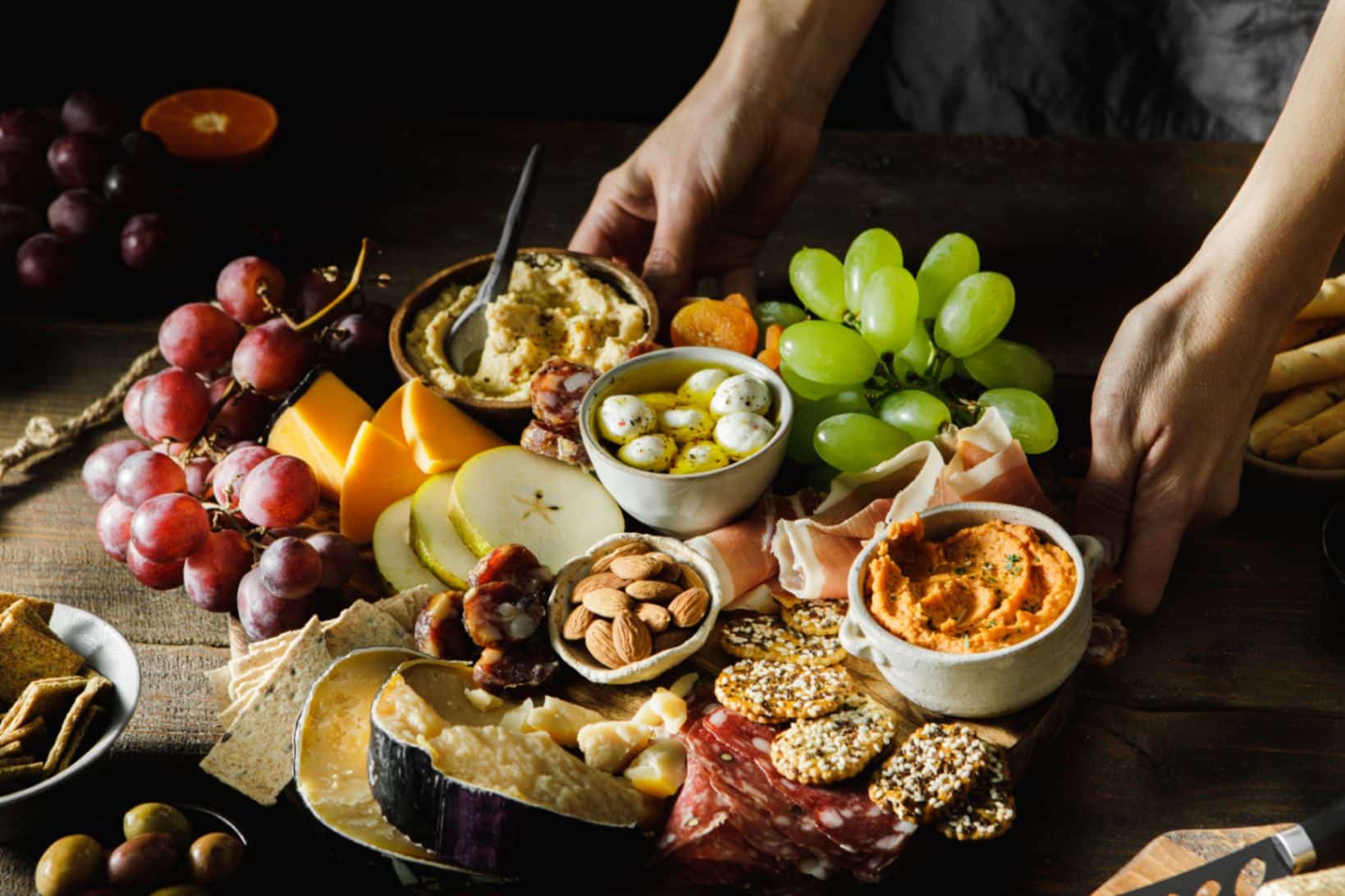 |
[TAG65]There are many misconceptions about the Mediterranean diet. Learn what it really means and how it can help you live a healthier, longer life. |
 |
[TAG66]💡 Want to eat the #mediterraneandiet, but are not quite sure you how?? Then you're in the right place!! ⚡️ I've got you covered ⚡️ In this video, I'll |
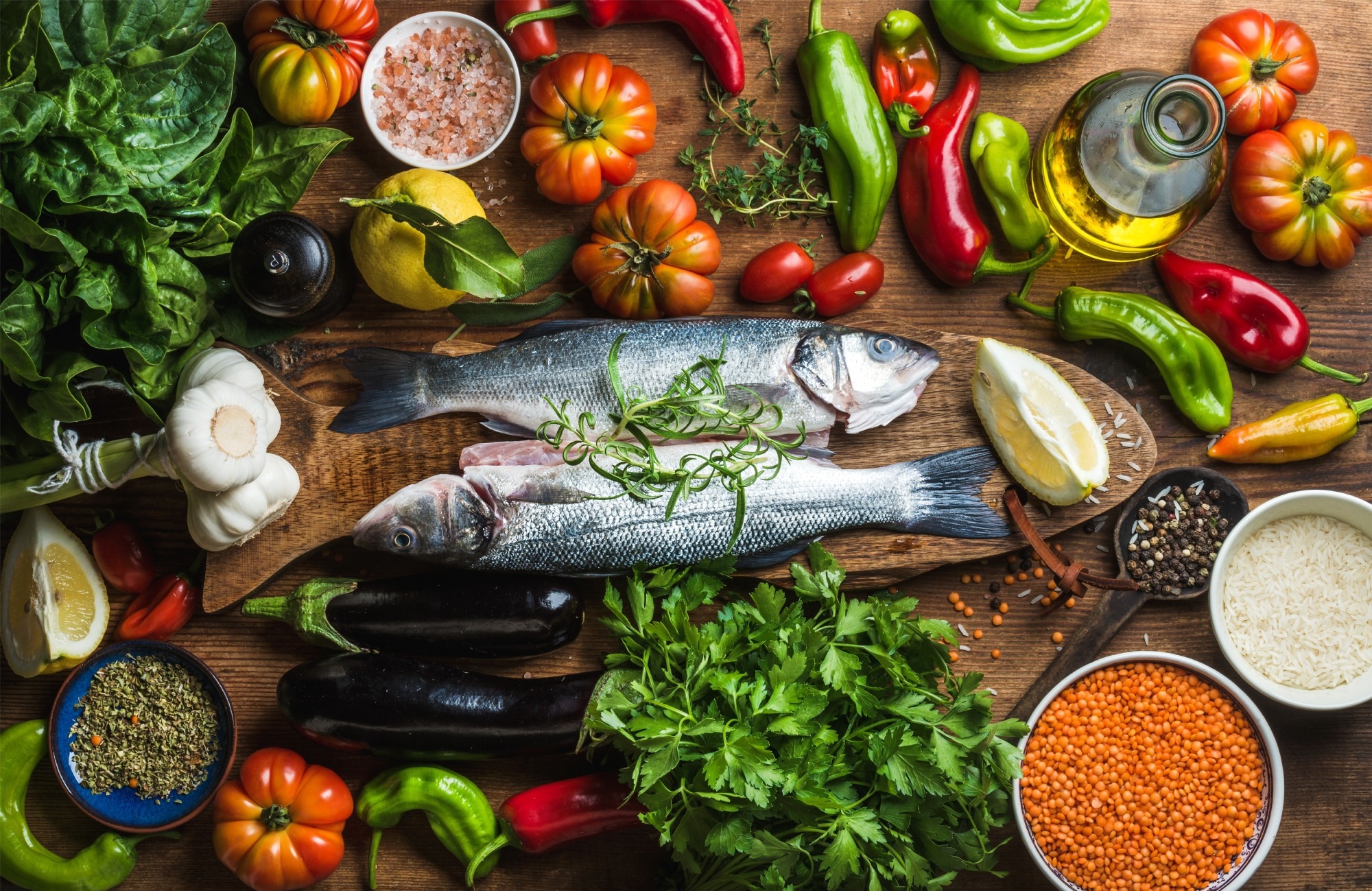 |
[TAG67]A review article published in the journal Experimental Gerontology describes the utility of Mediterranean diet (MedDiet) in the prevention and management of |
 |
[TAG68]In this video, we're going to explore the hidden truth about metabolic syndrome. We'll discuss the signs and symptoms of metabolic syndrome, and discuss the |
